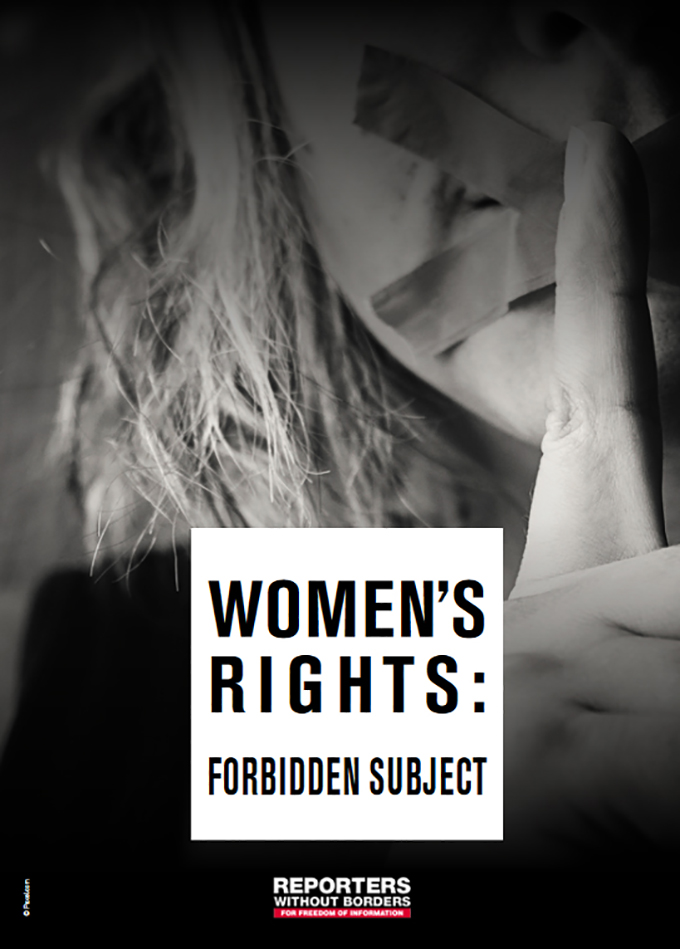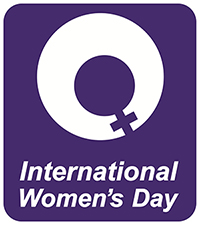
Pacific Media Watch Newsdesk
To mark International Women’s Day tomorrow, Reporters Without Borders (RSF) is publishing a report entitled “Women’s rights: Forbidden subject” which sheds light on the difficulties that journalists – both women and men – can encounter when they cover women’s rights.
Covering women’s rights does not come without risks for reporters.
 RSF has established that from 2012 to 2017, the rights of at least 90 journalists in around 20 countries were seriously violated because they dared to cover or talk about women’s rights or gender issues.
RSF has established that from 2012 to 2017, the rights of at least 90 journalists in around 20 countries were seriously violated because they dared to cover or talk about women’s rights or gender issues.
Several months of research has yielded the following chilling breakdown of these cases:
- 11 of these journalists were murdered,
- 12 were imprisoned,
- at least 25 were physically attacked, and
- at least 40 others were or are still being threatened on social networks.
Gunned down
In India, Gauri Lankesh, the editor of the secular and feminist weekly Gauri Lankesh Patrike, paid with her life for articles that criticised the woman’s place in the caste system.
She was gunned down on September 5, 2017.
In Iran, many feminist journalists have been subjected to judicial harassment and imprisonment in connection with their writing.
They include Mansoureh Shojaee, who now lives in exile, and Narges Mohammadi, who is still detained.
However, it is not just women journalists who are persecuted by the enemies of women’s rights.
‘Fake news’ charge
In Somalia, Abdiaziz Abdinur Ibrahim was arrested and sentenced to a year in prison on a fake news charge after he interviewed a rape victim.
“Journalists should not have to risk their lives in order to cover women’s rights in 2018 but unfortunately they do in many parts of the world,” RSF secretary-general Christophe Deloire said.
“In this report, we show how press freedom’s predators obstruct investigative reporting and coverage of women’s rights by journalists, both men and women.
“And we offer very clear recommendations for ensuring that both halves of humanity enjoy the right to equal treatment by the media everywhere, without which we cannot talk of journalistic freedom and pluralism.”
Predators with many faces
Who are the people who prey on women and journalists? RSF’s report initially identifies extremist religious groups such as the Taliban and Islamic State.
In the United States, journalists who cover abortion rights receive death threats from pro-life groups.
Criminal organisations often seek to silence reporters. In Mexico, covering the many murders of women in the northern state of Chihuahua is particularly risky.
Authoritarian regimes – led by those in China, Turkey, and Egypt – are also opposed to letting women’s issues become a subject of public debate.
In France, Canada, and many other countries, hordes of enraged internet users unleash cyber-harassment campaigns against journalists. When the victims are women, the attacks become even more virulent and usually acquire a sexual dimension.
In response to the persecution, some reporters have had no choice but to flee into exile, some have stopped reporting, and others have chosen to resist.
In this report, RSF pays tribute to all of these journalists and offers recommendations to governments, international organisations, online platforms, and news organisations so that women’s rights are no longer regarded as a taboo subject and journalists who want to cover this issue can do so freely.
Reporters Without Borders is a Paris-based media freedom watchdog. Pacific Media Watch works close with RSF.











































